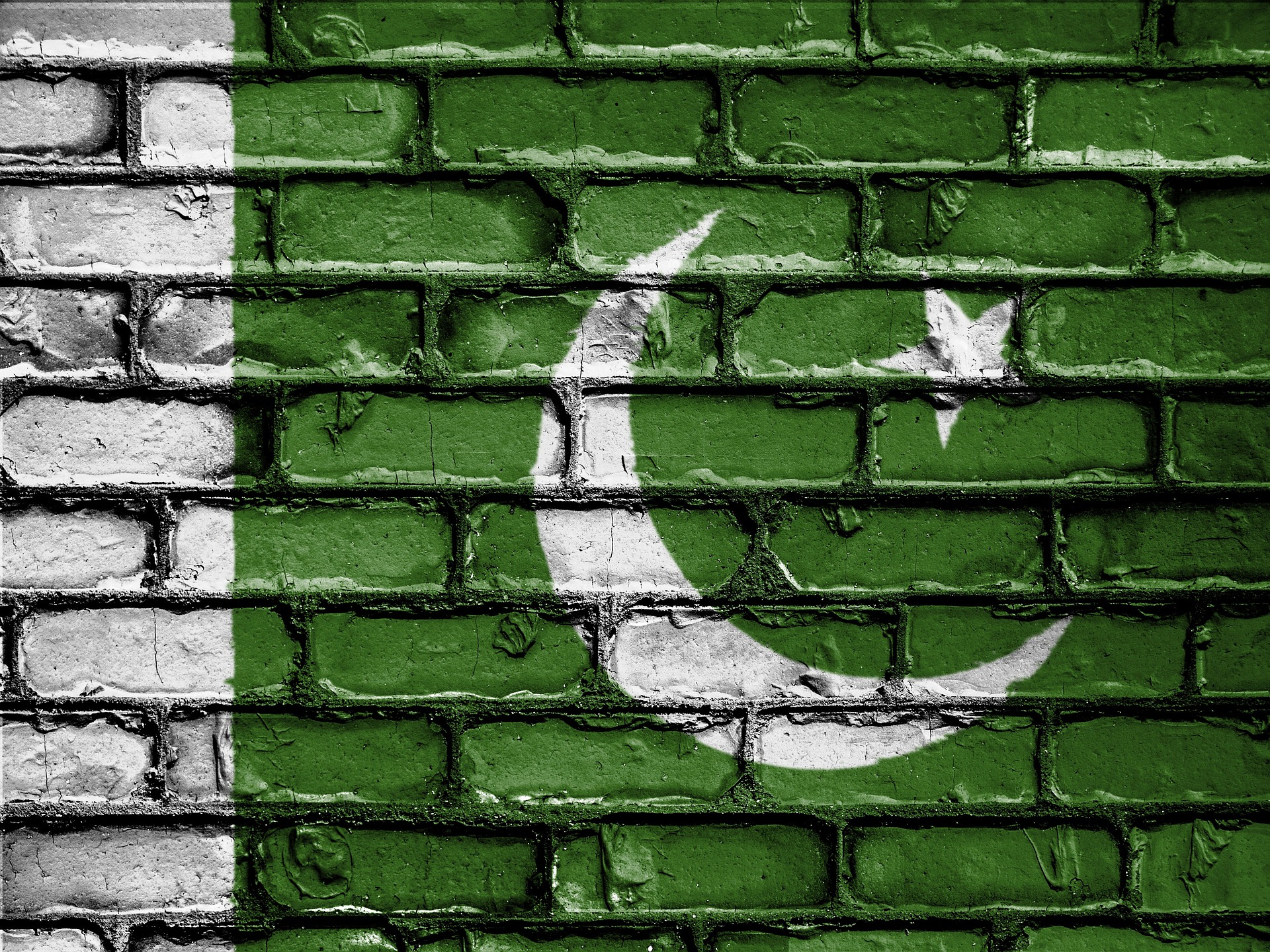As the economy of Pakistan continues to grapple with rising inflation and dwindling growth, the State Bank of Pakistan has set its sights on record-high interest rates. While this move may seem like a necessary step towards stabilizing the country’s financial landscape, it also poses significant implications for businesses and consumers alike. In this blog post, we’ll explore what these implications are and what they mean for the future of Pakistan’s economy. So buckle up, grab your coffee, and let’s dive in!
Pakistan’s current economic climate
Pakistan’s current economic climate is characterized by high inflation and interest rates. The country’s central bank has raised interest rates to a record high of 12.5 percent in an effort to curb inflation and support the Pakistani rupee. The move has been criticized by some, who argue that it will only further hurt the country’s economy. Others believe that the move was necessary and will help to stabilize Pakistan’s currency.
The country’s high interest rates
Pakistan’s central bank has raised interest rates to a record high in an effort to stem the country’s currency crisis. The move comes as the Pakistani rupee continues to fall against the US dollar, hitting a new low last week.
The State Bank of Pakistan raised its benchmark interest rate by 1.5 percentage points to 10 percent on Friday. The decision was widely expected after the Pakistani rupee hit a record low against the US dollar last week.
The Pakistani rupee has been under pressure for months as the country struggles with a widening current account deficit and dwindling foreign currency reserves. The situation came to a head last week when the Pakistani rupee hit a new low against the US dollar, prompting the central bank to take action.
The central bank’s decision to raise interest rates is likely to put further pressure on Pakistan’s economy, which is already struggling with high inflation and low growth. Businesses will find it more difficult to get loans, and consumers will have less money to spend.
The country’s high interest rates will also make it more difficult for Pakistan to attract foreign investment, which is badly needed to help close its current account deficit.
How these high interest rates will affect Pakistani citizens
When the State Bank of Pakistan raised its benchmark interest rate to a record high of 12.25 percent in July 2019, it was widely expected that banks would follow suit and raise their own lending rates.
And that’s exactly what happened. Major banks across the country lifted their own lending rates by up to 1.5 percentage points, with some passing on the full increase to customers and others only partially doing so. The move will have wide-ranging implications for Pakistani citizens, who are already grappling with high inflation and a weak economy.
The most immediate impact will be felt by borrowers, whether they are taking out loans for personal or business purposes. With lending rates now at around 14 percent, the cost of borrowing has increased significantly. This will put pressure on household budgets and may force some people to cut back on spending or delay major purchases. It could also make it harder for businesses to get loans, which could lead to job losses and slower economic growth.
In the longer term, higher interest rates could hurt Pakistan’s chances of attracting foreign investment. Investors are attracted to countries with low interest rates because they can earn higher returns on their investments. If Pakistan’s interest rates stay high, it could deter foreign investors from putting their money into the country. This would put further downward pressure on an already struggling economy.
The government’s response to the situation
The government has responded to the record-high interest rates by taking a number of measures to ease the burden on businesses and consumers. These include:
1. Cutting the benchmark interest rate: The State Bank of Pakistan has cut the benchmark interest rate from 10.25% to 9.5%. This will help reduce the cost of borrowing for businesses and consumers.
2. Reducing the reserve requirement: The central bank has also reduced the reserve requirement for commercial banks from 15% to 12%. This will free up more funds for lending, helping to support economic activity.
3. Providing liquidity support: The government has injected Rs 1 trillion into the banking system through its recently launched Liquidity Support Facility. This will help ensure that banks have enough funds to meet customer demand and keep lending rates down.
4. Introducing tax relief measures: The government has announced a number of tax relief measures, including reducing the corporate tax rate from 30% to 25%, exempting Zakat and income tax on dividends, and increasing the threshold for personal income tax. These measures will provide some relief to businesses and individuals struggling with higher interest costs.
What the future may hold for Pakistan
Pakistan is facing an economic crisis with high inflation and interest rates. The government has raised interest rates to control inflation, but this has led to a decrease in investment and growth. Pakistan’s economy is expected to contract in the 2019-2020 fiscal year.
The future of Pakistan’s economy is uncertain. The country faces many challenges, including high unemployment, low foreign investment, and a large trade deficit. Pakistan will need to make difficult choices in order to get its economy back on track.











